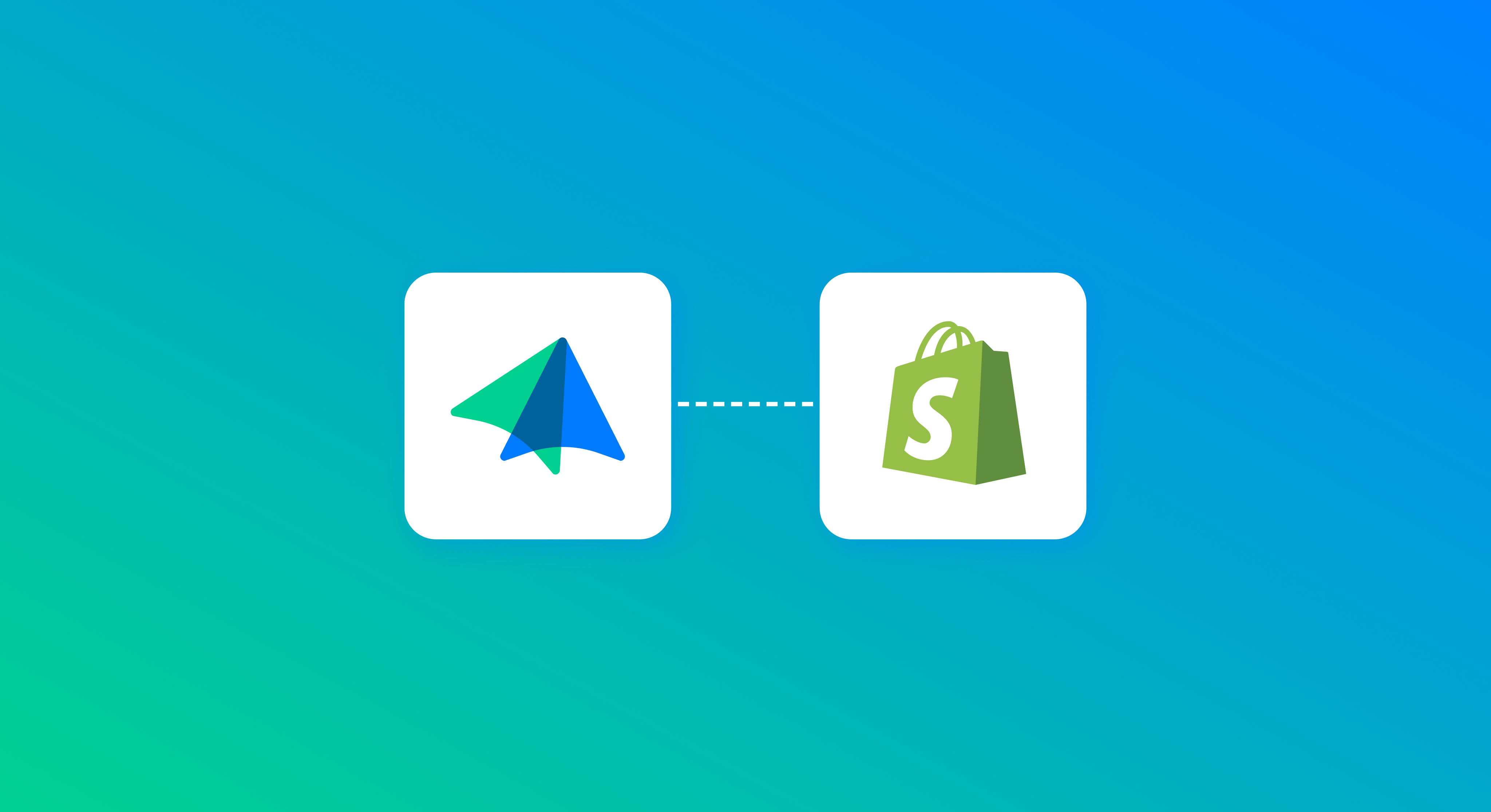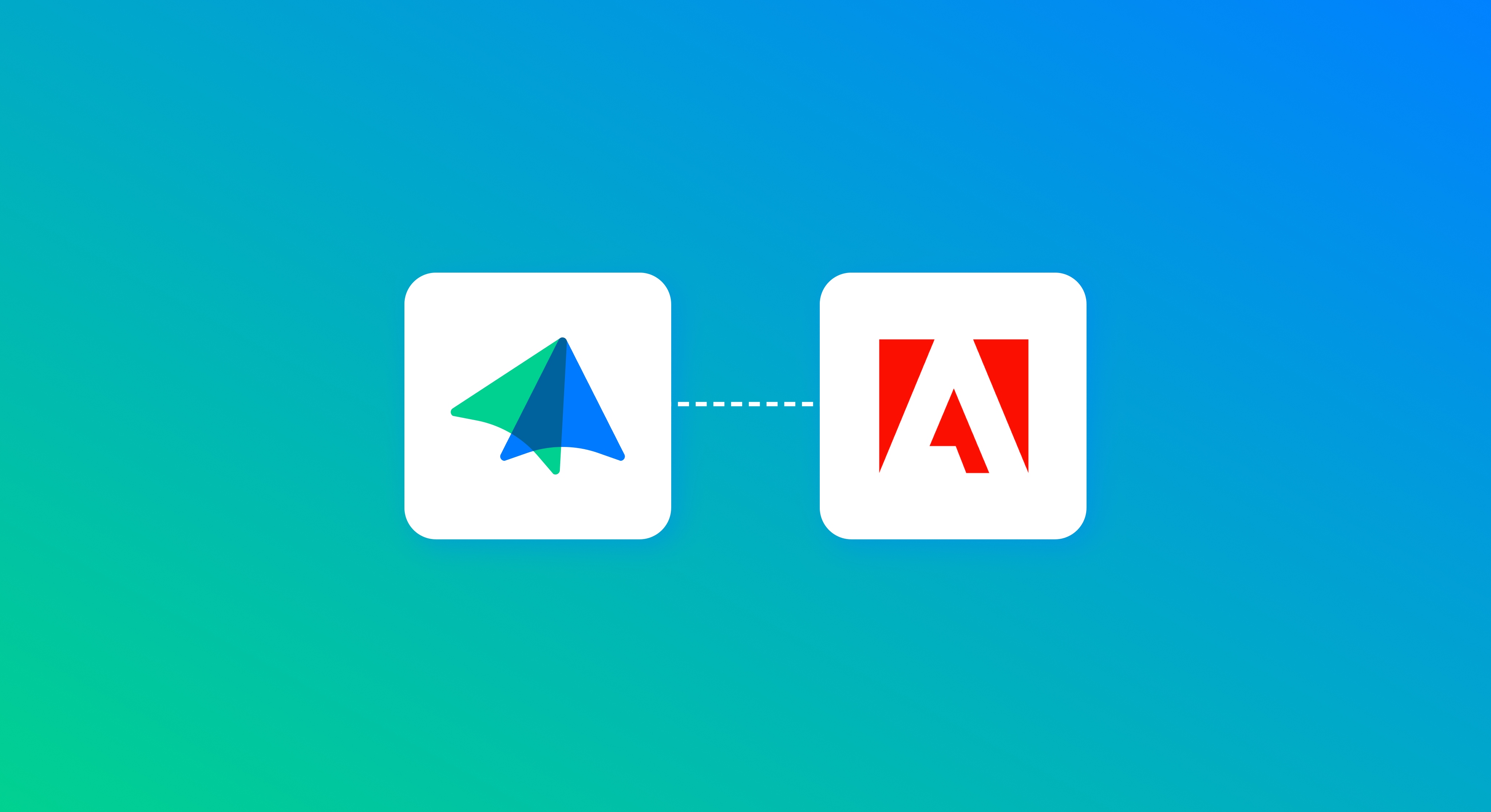In order to keep pace with buyer preferences, effective management of CPQ product rules is crucial for ensuring streamlined processes and optimal outcomes. It’s crucial to define the four types of product rules, providing a clear understanding of their functionalities with a practical example.
Understanding the Four Types of CPQ Product Rules:
CPQ product rules serve as the backbone of the Salesforce CPQ platform, testing line items for error conditions and unauthorized combinations. There are four primary types of product rules, each serving a distinct purpose.
Validation Rules:
Validation rules act as gatekeepers, confirming that quotes only contain approved configurations. When an invalid configuration is detected, a triggered error message prevents saving until the configuration is validated. Essentially, validation rules ensure that sales representatives adhere to predefined guidelines, maintaining the accuracy and integrity of the sales process.
Example:
Consider a technology company offering a subscription-based service with various plan options. A validation rule could be implemented to ensure that certain add-on features are only available with specific plans, preventing sales representatives from creating configurations that violate company policies.
Product Selection Rules:
Product selection rules add a layer of dynamism to the sales process by enabling the addition, hiding, requirement, or exclusion of certain options based on specific conditions. These rules empower businesses to offer personalized and tailored configurations, enhancing the overall customer experience.
Example:
Imagine a car dealership where customers can customize their vehicles. A product selection rule could automatically add premium audio options if the customer selects a luxury package, providing an upselling opportunity while simplifying the configuration process.
Filter Rules:
Filter rules play a vital role in prefiltering bundle options and creating dynamic bundles that adapt to changing circumstances. By filtering options based on feature categories, businesses can limit maintenance efforts and ensure that only relevant and up-to-date options are presented to customers.
Example:
In the context of a software company offering different software bundles, filter rules could be applied to ensure that certain options within a bundle are only visible when relevant. For instance, specific features related to data security might be filtered based on the customer's industry or regulatory requirements.
Alert Rules:
Alert rules function similarly to validation rules but are more like recommendations or best practices than strict requirements. Users have the option to choose to continue despite the triggered error message, offering flexibility while still guiding users toward optimal configurations.
Example:
Consider an eCommerce platform with promotional offers. An alert rule could suggest additional products or discounts based on the items in the customer's cart, encouraging upselling without enforcing strict requirements.
Other Functions:
Apart from the four main types of product rules, other functions, such as summary variables and lookup queries, complement the rule system. Summary variables apply mathematical functions to chosen number fields, while lookup queries check object field values for specific conditions. These functions contribute to the power and flexibility of Salesforce CPQ product rules.
Best Ways to Manage CPQ Product Rules
Now that we've explored the types of product rules and their applications, let's delve into the best practices for managing CPQ product rules effectively.
Establish Clear Guidelines and Policies:
Before implementing CPQ product rules, it's crucial to establish clear guidelines and policies regarding product configurations. This involves collaborating with key stakeholders, including sales representatives, product managers, and decision-makers, to define acceptable configurations and potential error conditions. Clear communication ensures that CPQ product rules align with business objectives.
Leverage Summary Variables for Dynamic Calculations:
Summary variables are powerful tools for dynamic calculations within CPQ product rules. By applying mathematical functions to relevant number fields, businesses can automate complex calculations, such as discounts, totals, or quantity-based offers. Utilizing summary variables enhances the efficiency of product rules and ensures accurate and dynamic configurations.
Implement Lookup Queries for Data-Driven Decision-Making:
Lookup queries play a pivotal role in data-driven decision-making within Salesforce CPQ. By checking object field values for specific conditions, businesses can make informed choices when creating product rules. For example, lookup queries can be used to determine customer preferences, industry-specific requirements, or inventory levels, allowing for more personalized and context-aware configurations.
Regularly Review and Update Product Rules:
The business landscape is dynamic, and product offerings, policies, and customer preferences may evolve over time. It's essential to establish a regular review process for CPQ product rules, ensuring they remain aligned with current business strategies. Regular updates also enable businesses to adapt to market changes, introduce new products, and capitalize on emerging trends.
Foster Collaboration Between Sales and IT Teams:
Effective management of CPQ product rules requires seamless collaboration between sales and IT teams. Sales teams provide valuable insights into customer needs and preferences, while IT teams ensure the technical implementation and maintenance of product rules. Establishing open communication channels between these teams fosters a collaborative environment, leading to more effective and user-friendly product rules.
Provide Ongoing Training for Users:
CPQ product rules can be complex, especially for users who are not familiar with the platform's intricacies. Providing ongoing training for sales representatives and other users ensures that they understand how to leverage product rules effectively. Training sessions should cover rule creation, editing, and the interpretation of triggered error messages, empowering users to navigate the system with confidence.
Monitor and Analyze Rule Performance:
Monitoring the performance of CPQ product rules is essential for continuous improvement. Analyze data on rule usage, error conditions, and customer feedback to identify areas for enhancement. By leveraging analytics tools within Salesforce CPQ, businesses can make informed decisions about refining existing rules or introducing new ones to better align with business objectives.
Conclusion:
Effectively managing CPQ product rules is a multifaceted endeavor that requires a combination of strategic planning, technical expertise, and ongoing refinement. By understanding the four main types of product rules and implementing best practices, businesses can streamline their sales processes, enhance customer experiences, and drive overall success and provide an elevated customer experience. As the business landscape continues to evolve, mastering CPQ product rules becomes a key differentiator for organizations aiming to stay agile, efficient, and customer-focused in the digital era.



